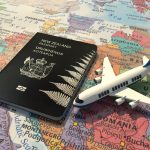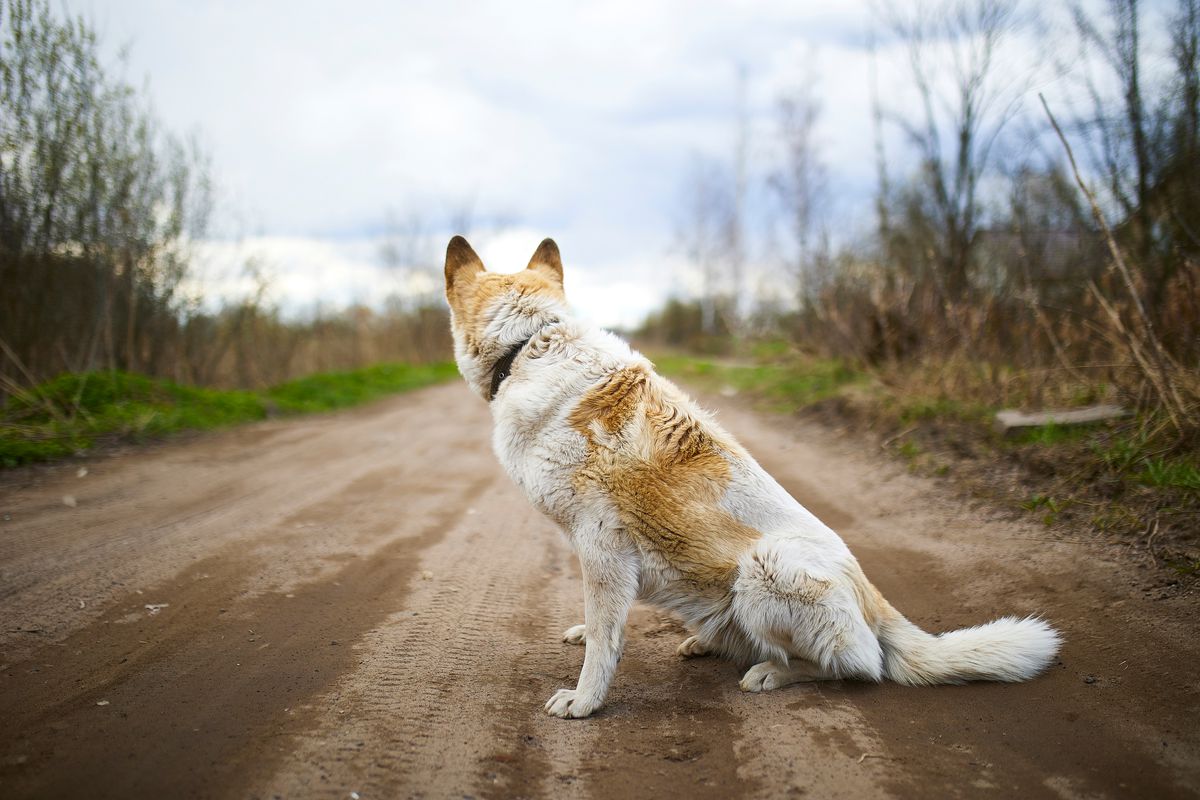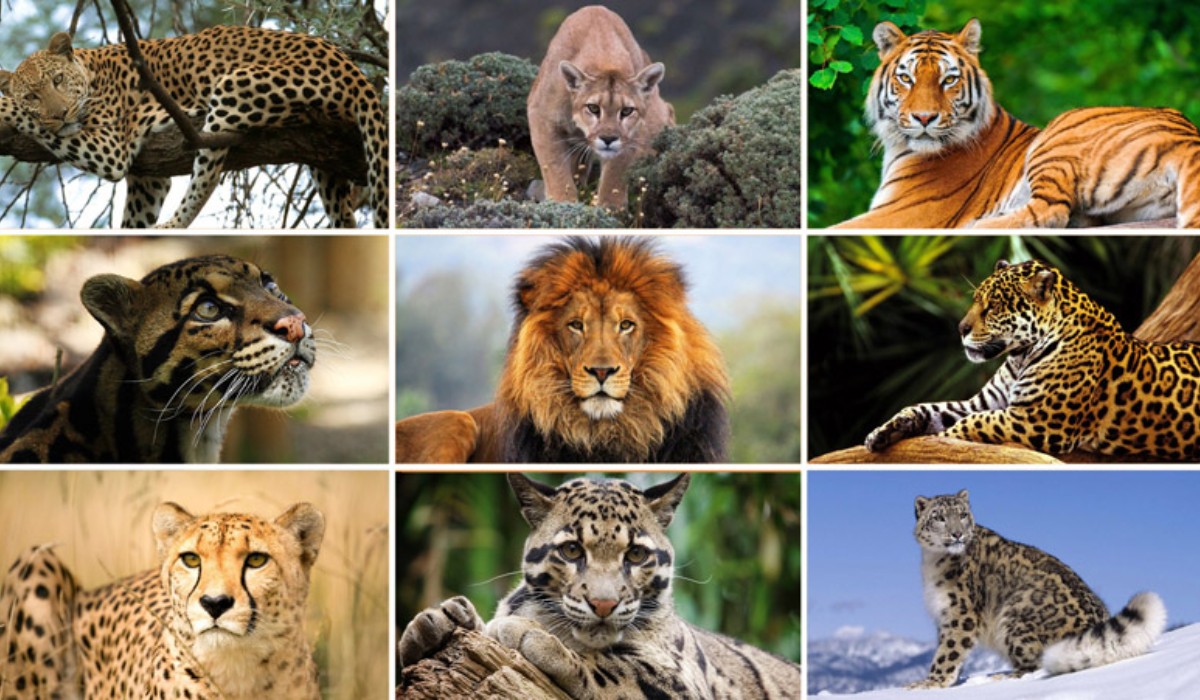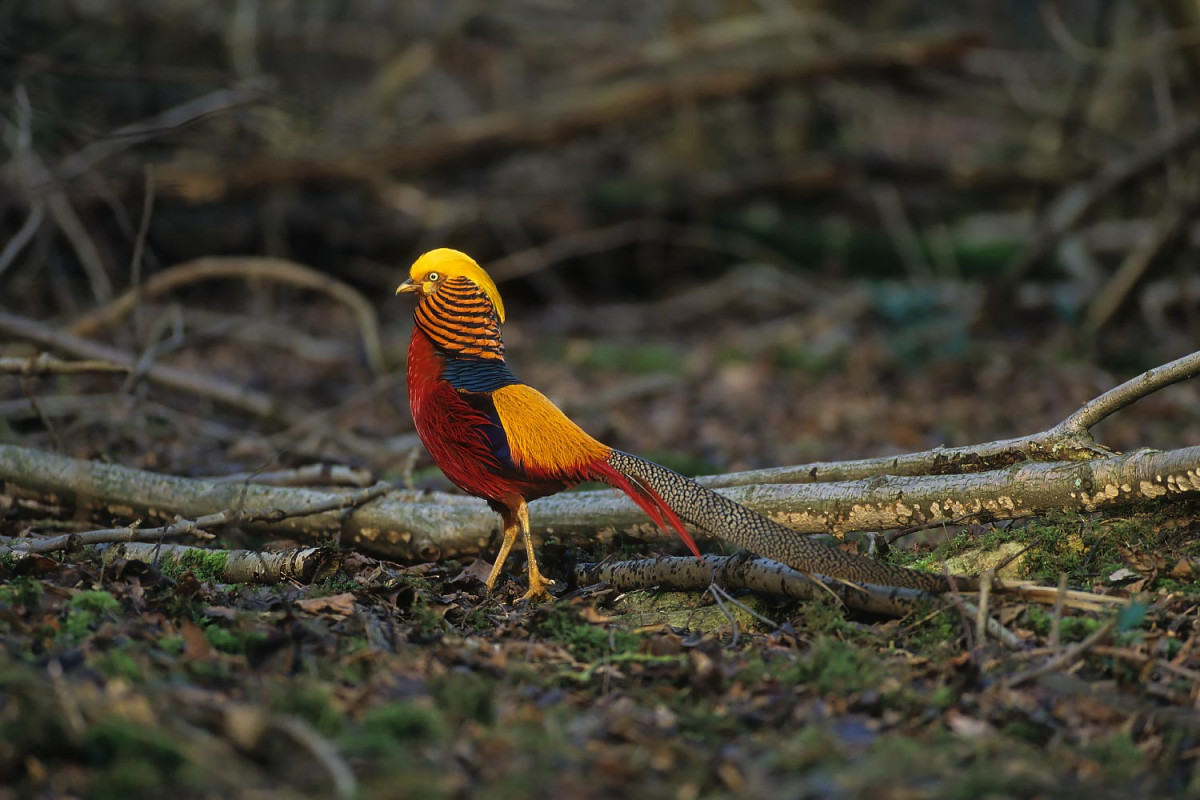The World’s Deadliest Snakes
Few animals strike as much fear into people as venomous snakes. Although the chances of running into a venomous snake, much less being bitten and dying from the toxin injected into one’s body, are miniscule compared to dying from cancer, heart disease, or an automobile accident, this seemingly unreasonable fear remains very real for many people.
A dangerous African snake named for its black mouth
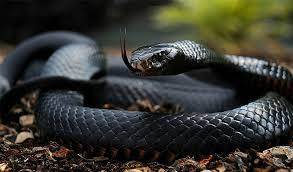
The “black,” or black-mouthed, mamba (Dendroaspis polylepis) inhabits rocky savanna and can often be encountered on the ground, where it seems to be fond of termite mounds. Ranging in color from gray to dark brown, its name derives from the blackened inside of its mouth. The black mamba is feared because it is large and quick, and it possesses an extremely potent venom that kills most of its human victims.
One of the most dangerous snakes in Africa

The boomslang (Dispholidus typus) hunts by extending the forward part of its body motionless from a tree. Its form mimicking a branch. A rear-fanged snake, it delivers its venom by chewing on its victim until the victim succumbs to the toxins.
The quintessential Australian cobra

Tiger snakes (Notechis scutatus) are a large and highly venomous snake of southern Australia, including its coastal islands and Tasmania. These snakes are often observered and locally well known by their banding, black and yellow like a tiger, although the species can be highly variable in coloration and patterning. All populations are classified within the genus Notechis (Elapidae), their diverse characteristics have been classified either as distinct species or by subspecies and regional variation.
While tiger snakes are usually ground-dwelling, they are able to swim through water and climb into trees and buildings
A dangerous snake with a triangular-shaped cross section

The Banded krait is a large highly venomous snake found on the Indian Subcontinent and in Southeast Asia. This snake is easily identified by its alternate black and yellow crossbands. Its triangular body cross-section, and the marked vertebral ridge consisting of enlarged vertebral shields along its body. The head is broad and depressed. The eyes are black. It has arrowhead-like yellow markings on its otherwise black head and has yellow lips, lores, chin, and throat.
The banded krait (Bungarus fasciatus) of Southeast Asia grows to 2 metres (6.6 feet), and other species commonly reach more than a metre in length. All have bodies that are strongly triangular in cross-section.





